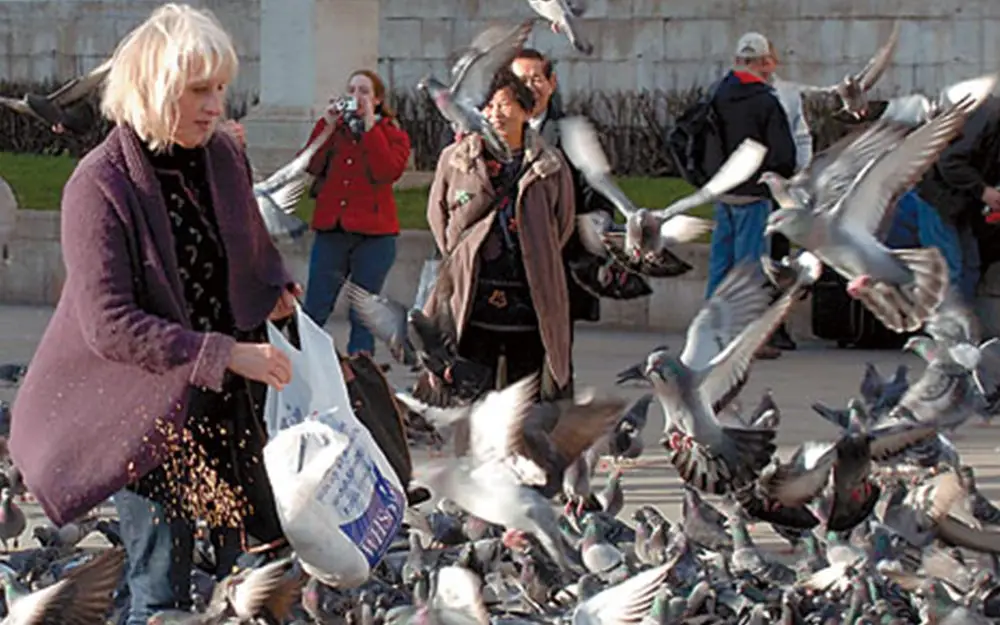When people hear the word ‘rat’ or ‘mouse’ the next word association is generally ‘trap’ or ‘poison’.
Man has been trapping and poisoning rodents for thousands of years ever since he found them eating his food, gnawing his possessions, making his wife scream and spreading disease.
Yet trapping and poisoning are actually very short-sighted approaches to controlling rodents as they don’t tackle the environmental factors that are supporting the rodent population in the first place.
It’s a bit like squeezing spots – you may get a sense of satisfaction from it but unless you target the condition causing the spots in the first place (greasy skin, blocked pores etc.) then more just replace those you squeeze and the process is ongoing.
A very good example of this is the case of Ken Livingstone and the pigeons in Trafalgar Square.
Pre 2000, Trafalgar Square supported a very large pigeon population of around 6000 birds.
The key environmental factor supporting this very high number of birds was food…. tourists and others came to the square to feed the birds and a market stall was granted a licence to sell bird seed for this purpose.
High levels of food inevitably supported a high number of pigeons.
Ken Livingstone decided the cost of the fouling clean-up this huge population created was not sustainable and wanted the birds gone.
So did he start shooting the birds, trapping them or in other ways directly killing them?
No – he knew (or was advised) that simply killing birds was not the answer.
Whilst the food remained at artificially high levels, new birds would simply replace those killed and the problem would continue.
So he targeted the food instead – if that reduced to zero then the birds would reduce to zero as there would be nothing to sustain their existence.
He made it illegal to feed the birds, enforced this with fines, got street sweepers to vacuum it all up and also revoked the market stalls licence to sell bird seed.
Within months, the population had crashed to 120-140 birds.
The only reason some still persist is that some rebels out there still persist in feeding them!
The same tactic will work on any living creature – rats and mice included.
We are all outputs of our environment and we rely on it to provide us with a habitat that in turn will sustain us with food, shelter and warmth.
If those factors change at all then the ability of the environment to sustain our current population numbers changes (up or down).
With the threat of climate change and ever increasing population numbers, it’s something the human race would do well to remember too!


